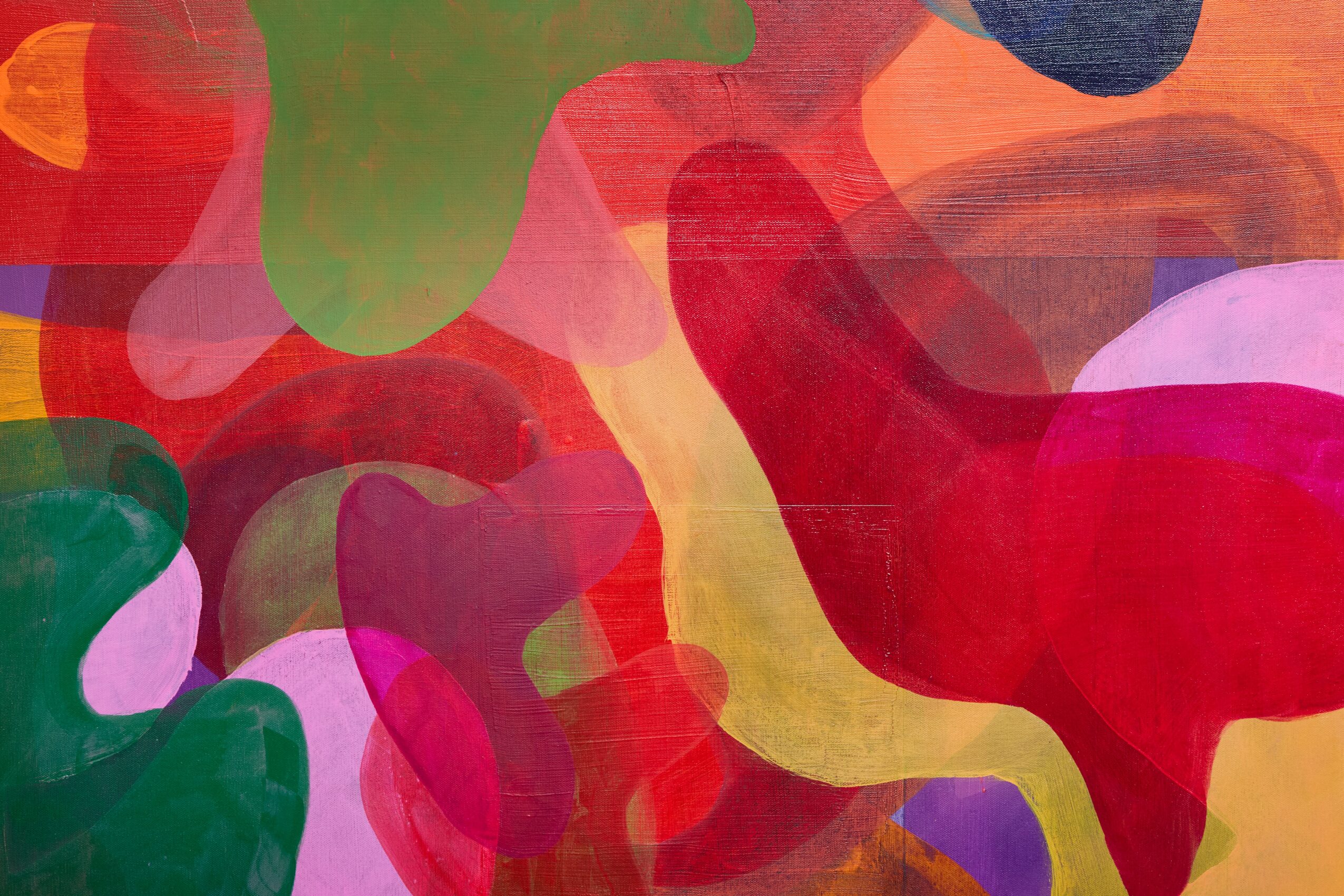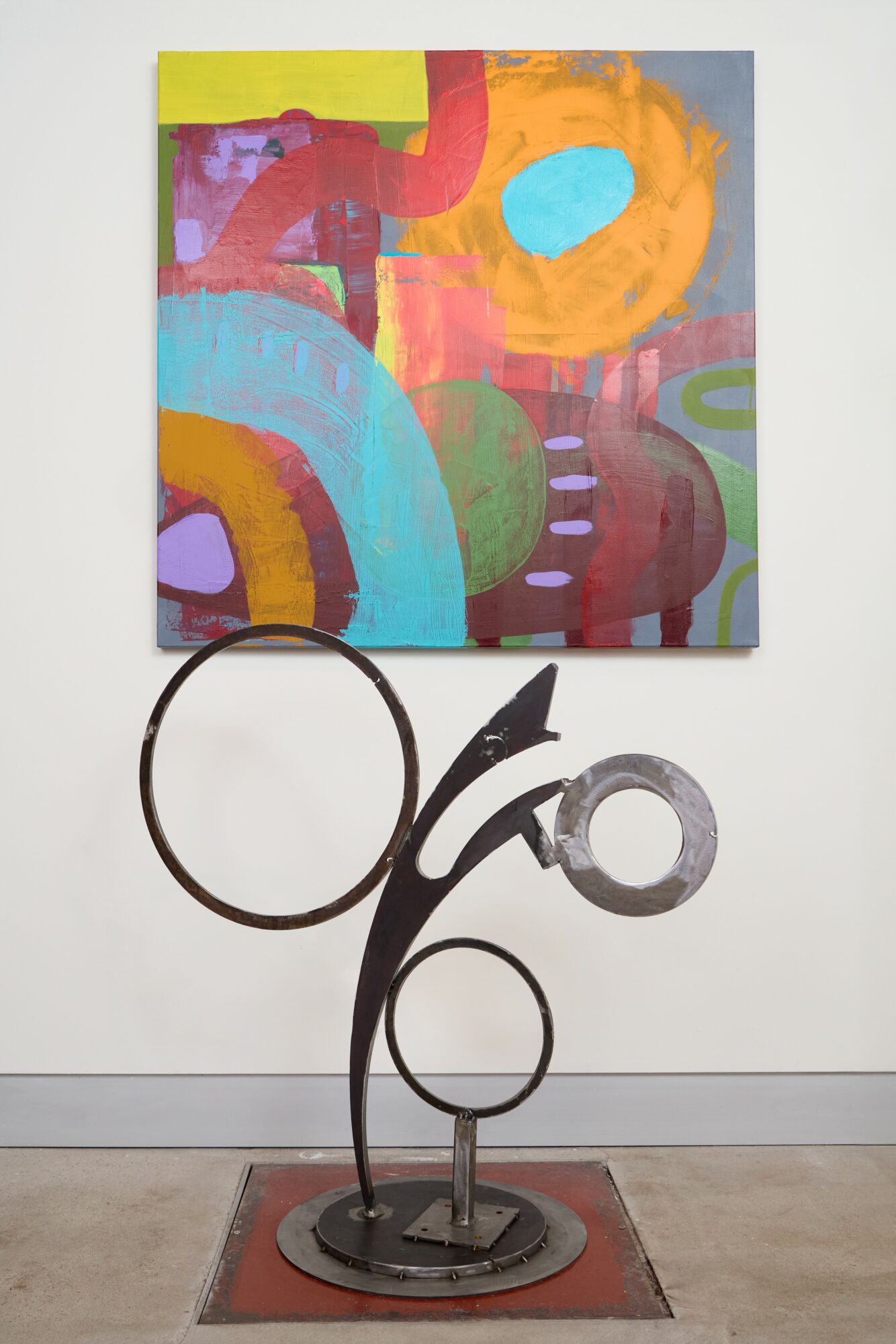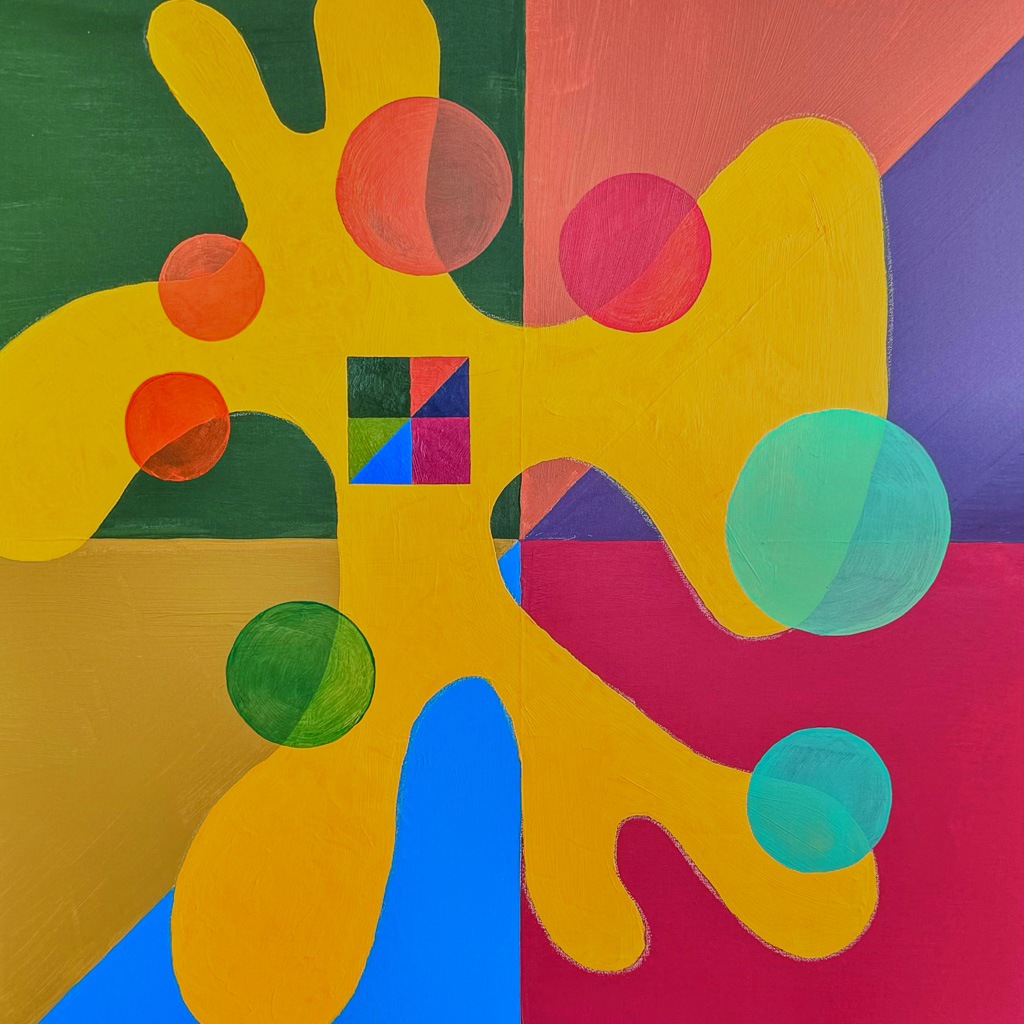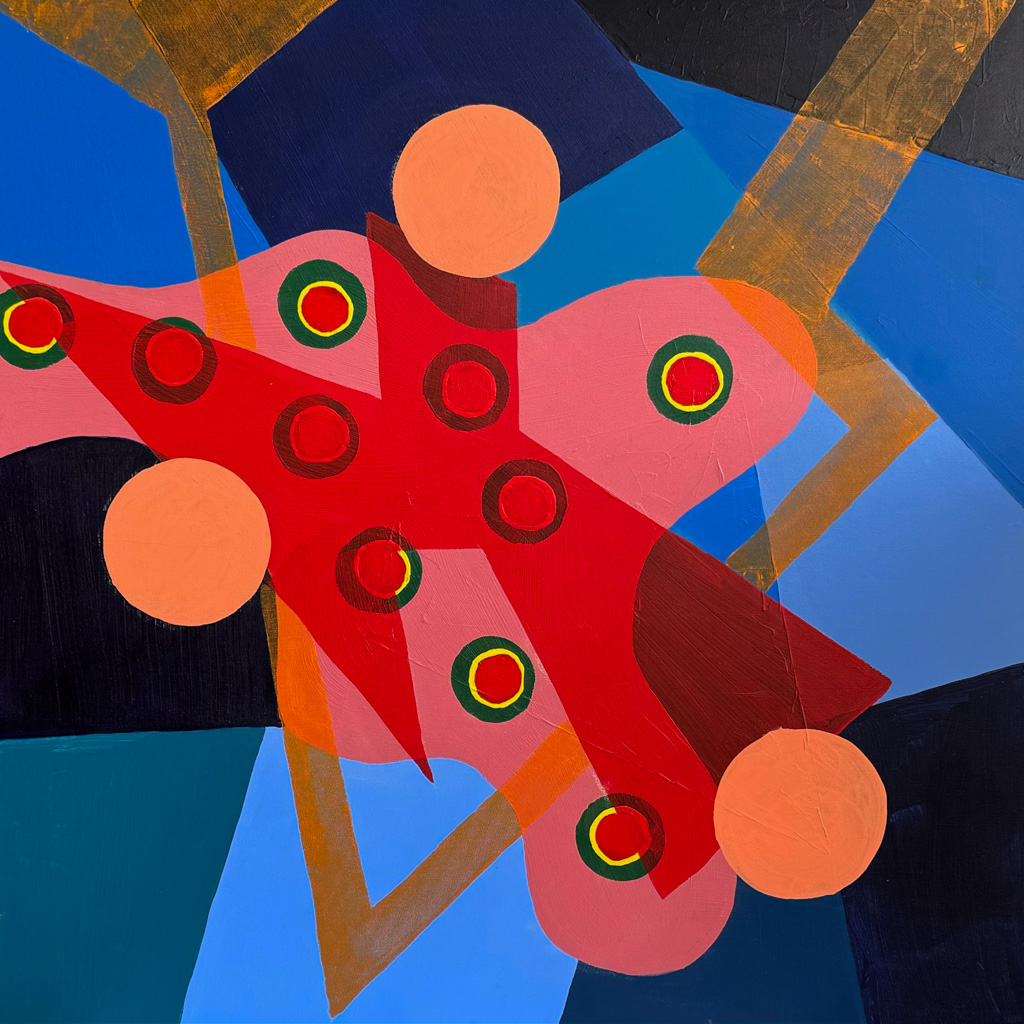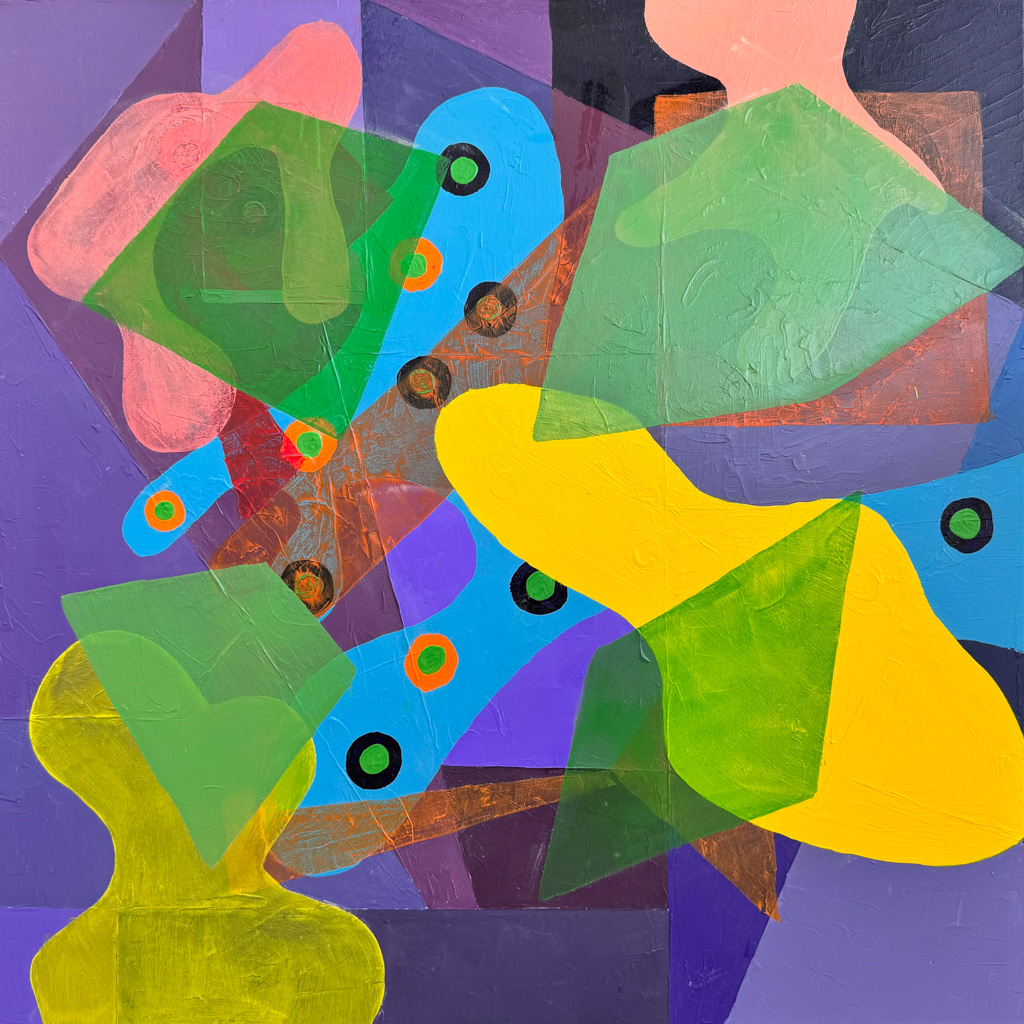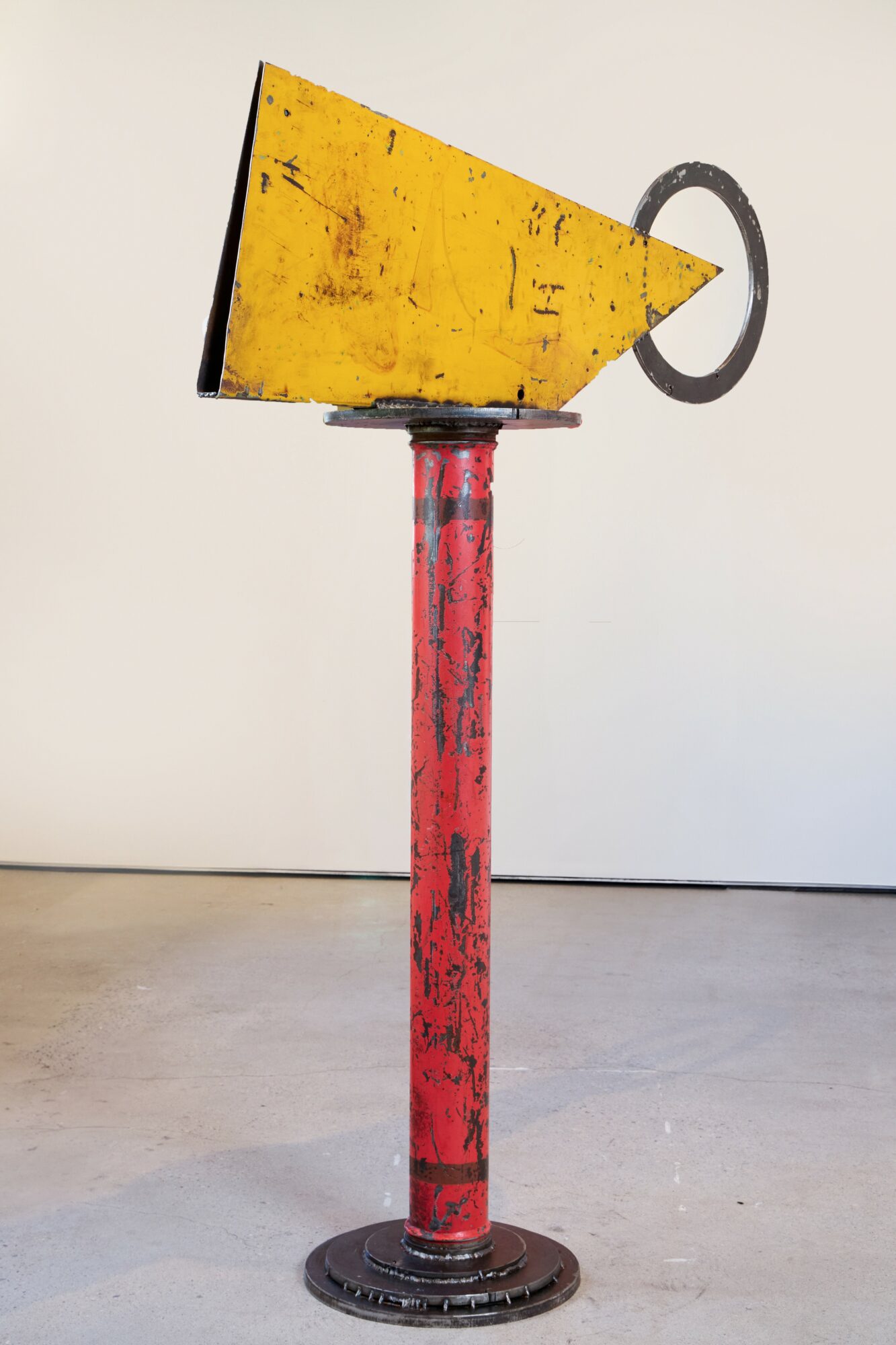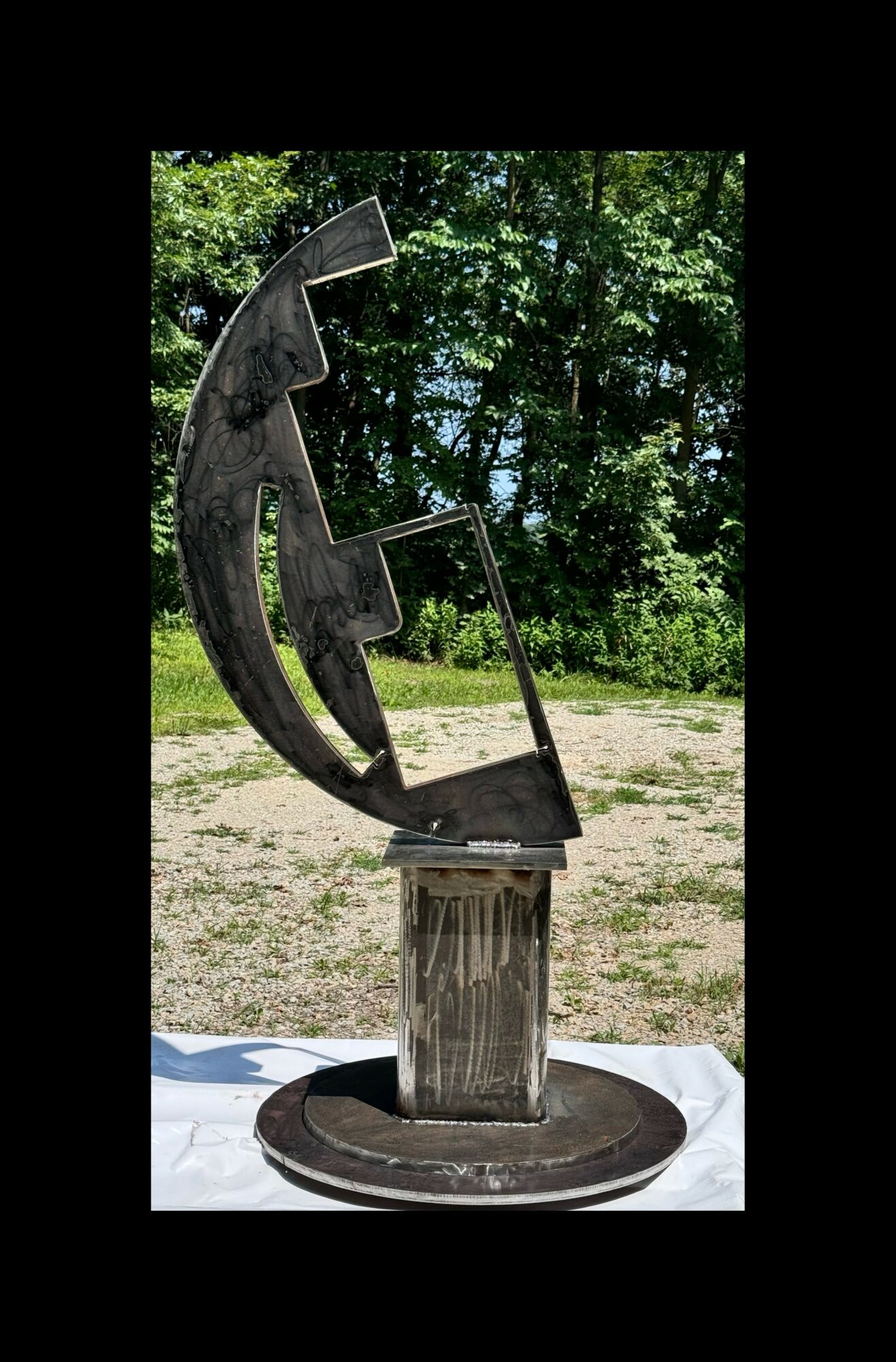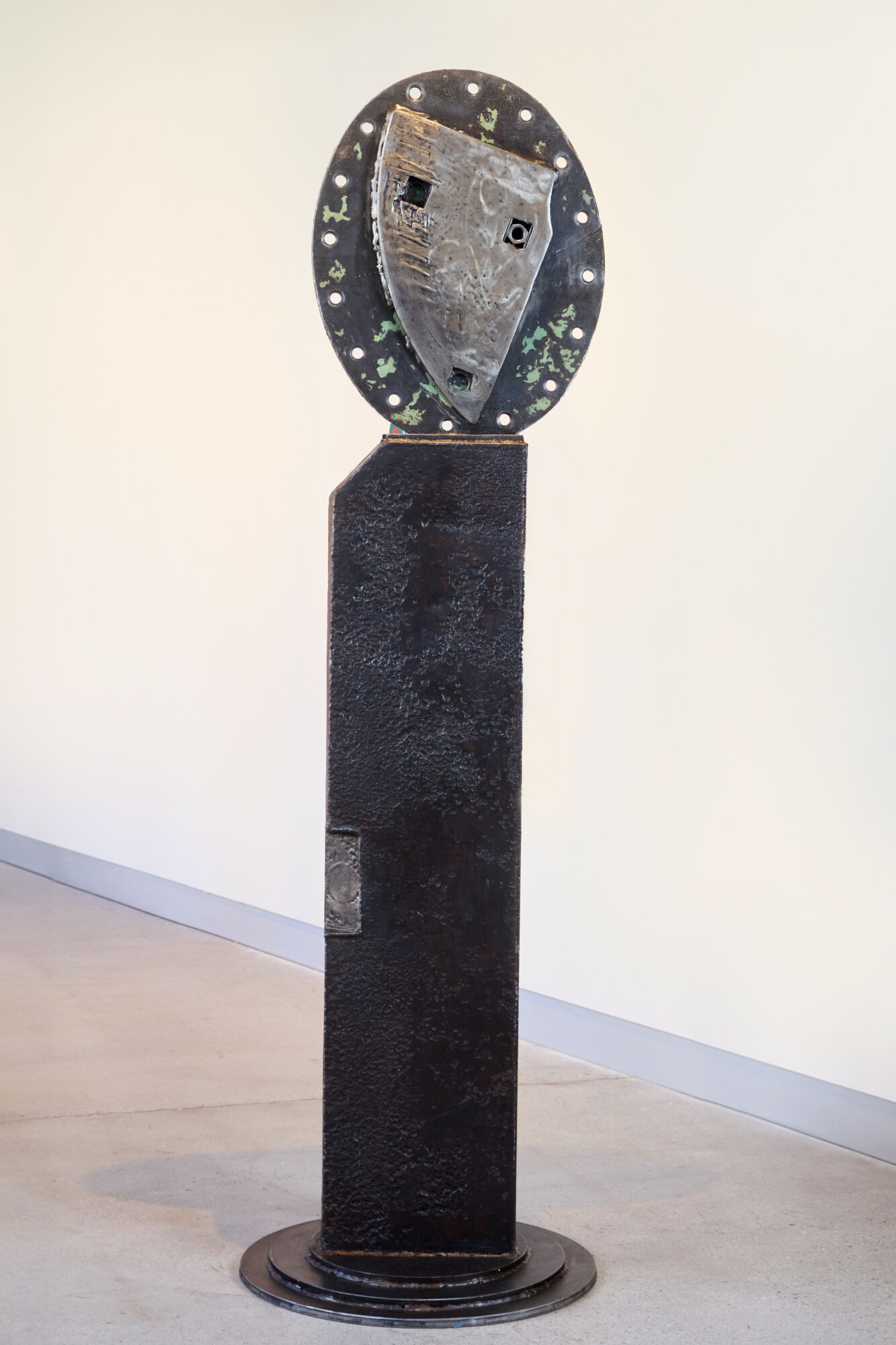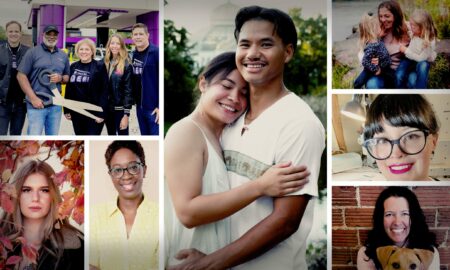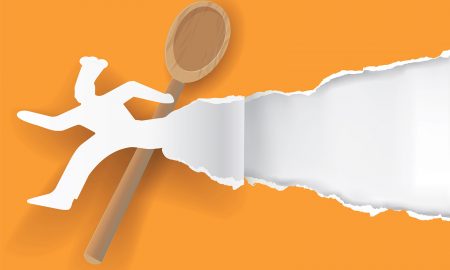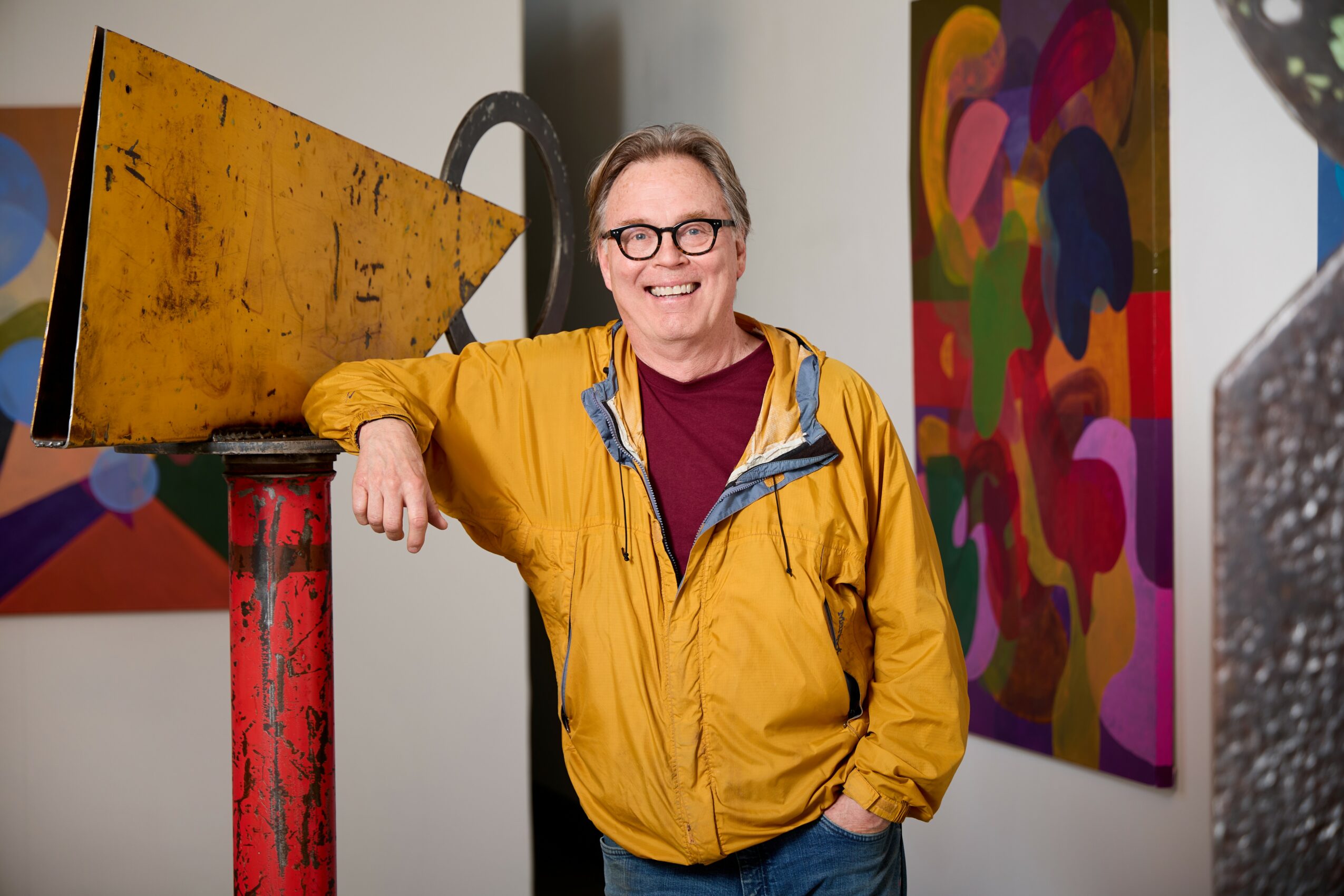

Today we’d like to introduce you to Kevin Reid
Hi Kevin , can you start by introducing yourself? We’d love to learn more about how you got to where you are today?
I am originally from Kentucky but have been in MN for most of my adult life. I graduated from Transylvania University in Lexington KY, but not before a short stint as a professional baseball umpire in the minor leagues. In 1988 I moved to MN to begin a residency in Orofacial Pain at the U of MN School of Dentistry. Subsequently, I completed a three year Pain Fellowship at the National Institutes of Health, National Institute of Dental and Craniofacial Research after which I joined the faculty at the University of Kentucky Orofacial Pain Center. Three years later, I joined the staff at Mayo Clinic where I spent the next twenty-six years. At the end of my time as Chair of the Department of Dental Specialties at Mayo, I completed a graduate degree in Medical Ethics from the Medical College of Wisconsin. My work in Medical Ethics involved teaching, research, and an active practice in the Clinical Ethics Consultation Service at Mayo Clinic. Up to this point, my artistic expression was limited to my role as a percussionist in a local and regional band based in Rochester MN. I had never taken an art class and certainly had no formal training in painting but in the winter of 2011 I decided to buy some paint, canvas, brushes, and an easel and began to paint in my basement with no intent – ever – of allowing anyone to see the primitive pictures I created! Thus began my art career which led to local shows and exhibitions, a whole new cadre of friends, a studio in downtown Rochester, and what was to become a critical form of expression for me. Though I had no expectation of being admitted, I applied to several MFA programs at the time of my retirement from Mayo and much to my surprise I was accepted at a few and decided to attend the Minneapolis College of Art and Design…at the age of sixty-four! I was a good 30+ year older than all but one of my classmates, a retired and brilliant sculpture, Dr. John Hallett. I now live in the isolated woods of southern MN where I have a bucolic painting studio nestled deep in the trees. The summer before my MFA program began, I had the remarkable privilege of working with the sculptor Steven Maeck from Burr Oak Iowa. As his assistant and apprentice, I began to make salvaged metal sculpture and now have a metal workshop in which I make small to medium sized metal sculptures crafted from metal that I retrieve from metal scrap yards.
I’m sure it wasn’t obstacle-free, but would you say the journey has been fairly smooth so far?
The initial struggle was to adequately hide my (brut) art! I have been very lucky to have had a tremendous amount of support and encouragement, especially from my family but also by the MFA Program and Minneapolis College of Art and Design staff and classmates! Now, the biggest struggle I have – which is not unique to me by any stretch – is determining how to market and sell all of the mounds of art I am making!
As you know, we’re big fans of you and your work. For our readers who might not be as familiar what can you tell them about what you do?
My painting is deeply informed by my work with people suffering in pain and with compelling moral issues related to their existential medical circumstances. A good portion of my painting contains cryptic and abstract images of forms and symbols that I created that represent moral virtues (e.g., compassion, beneficence, patience), positive constructs (love, dignity), and negative constructs (e.g., hate, war, violence). In addition, I attempt to convey the complexity of human personalities which incorporate varying degrees of rigidity, convention, objectivity – contrasted with spontaneity and impulse.
Sifting through dirty, rusty, and heavy piles of metal in salvage yards, I identify pieces metal that have had a prior life in industry and or agriculture. These now-discarded items lay among thousands of other metal detritus. Once I identify the shape and form one of these metal orphans as unique or somehow interesting, I bring it back to my shop where it may sit for weeks, months, or longer until one day I perceive it to be part of a composition with other pieces, forming an abstract sculpture. Pieces of the composition are then cleaned, cut, bent, mechanically joined, and welded together, giving them all a new life, altogether different from their previous existence. In some very abstract ways, this is reminiscent of the transformation of those suffering with debilitating chronic pain who work hard to learn new coping mechanisms and strategies to create an altogether different life from what they experienced prior to the onset of their persistent pain.
Have you learned any interesting or important lessons due to the Covid-19 Crisis?
As a member of the Clinical Ethics Consultation Service at Mayo Clinic at the time of COVID onset, my colleagues and I were rapidly thrust into development of policies and procedures primarily about allocation of life sustaining resources. I suspended my pain practice in order to focus full-time on this work. Like everyone else, I was affected by the sense of vulnerability by the disease itself, but to see its destruction of lives up close in hospitals was, to say the least, compelling. Perhaps my greatest lesson was to see the indescribable dedication and commitment of my medical ethics colleagues, in addition to that of the nursing, medical, and allied health support staffs. The degree of beneficence they held in the face of mortal danger was a humbling experience for me.
Pricing:
- available on request
Contact Info:
- Website: https://kevinreidstudio.com
- Instagram: @regartliss
